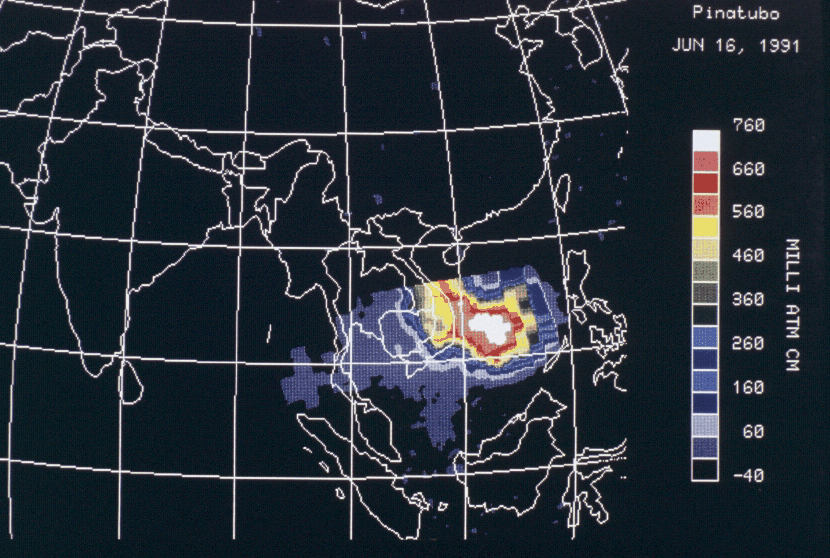What is stress and what is pain?
| Take the role of a mental health professional invited to give a presentation on stress management. Identify a target audience (e.g.,, children, adolescents, adults) and any relevant demographics (e.g., ethnicity, age ranges, sexual orientation, religion, etc.) and other characteristics unique to your target population (e.g., older adults, military spouses, children of divorce, newlywed couples, living in a high crime area, unemployed for more than a year, victims of bullying, excessive parental pressure to achieve, etc.). The primary stressors experienced by your target population can be due to positive and/or negative life events. Research effective strategies for coping with stressors and skills to develop resilience. You will use the information from your research to examine uses and applications of applied behavioral science to stress and coping interventions and identify current trends in how applied behavioral science is used to develop resilience. | |
| Create a written summary of the information you would include in a presentation on the assigned topic.
Required topics to be addressed: Your summary must cover each of the following topics in the order presented below in your own words. Be sure to write in complete sentences.
Be sure to include in-text citations and a reference list that are in accordance with APA style as outlined in the Ashford Writing Center (Links to an external site.). For further assistance in researching scholarly sources, be sure to access the tutorials page on the Ashford University Library website. |




